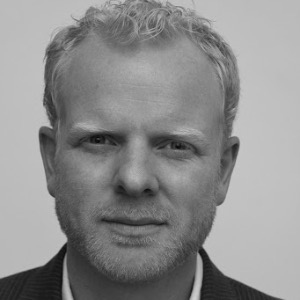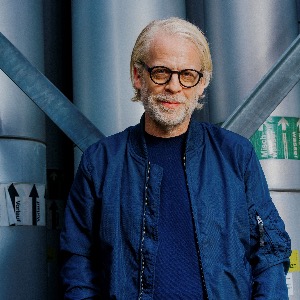
Berlin is a city of layers, ruptures, and new beginnings. Between Classicism, the Wilhelminian era, and Bauhaus, between the Wall and modernity, its urban landscape mirrors political, social, and cultural transformations.
Christoph Rauhut, State Conservator and Director of the Berlin Heritage Authority, is responsible for researching, registering, and maintaining the city’s official list of protected monuments. His office advises property owners, develops professional standards, and coordinates cooperation with Berlin’s districts – and is also the point of contact when it comes to listed buildings owned by embassies or federal institutions.
We spoke with him about the diplomatic dimension of architectural heritage, international perspectives, and the courage to embrace diversity.
Photo: ©Landesdenkmalamt Berlin, Anne Herdin
“Heritage as Dialogue” - A Conversation with Christoph Rauhut, Berlin’s State Conservator
Berlin is known as a city of ruptures – historical, architectural, and mental. What do the city’s buildings reveal about its identity, and what role does monument preservation play in keeping that identity visible?
Berlin’s architectural heritage is defined by an extraordinary diversity. In hardly any other European capital do so many layers of history coexist so closely from the Middle Ages and the civic architecture of the 19th century to the modernism of the GDR. These ruptures are what shape the city’s character. Our task is to preserve this diversity not as nostalgia, but as an expression of a vibrant, open urban society. Berlin is not a homogeneous city, and that is its strength. Each era has left its traces, and together they form a rich, polyphonic whole. For me, monument preservation means enabling this dialogue across time while addressing contemporary challenges such as climate protection and new uses for historic structures.
Many embassies in Berlin operate or reside in listed buildings places that breathe history and are, at the same time, living diplomacy. What challenges and opportunities arise when international actors engage with historic heritage?
That’s a particularly fascinating field. When alterations are made to listed embassy buildings, our office is directly involved. Such measures always take place within the framework of the Vienna Convention, which governs the handling of diplomatic property.
In practice, this means we advise, accompany, and work together to find solutions that meet both the functional needs of the embassies and the requirements of monument protection. It usually works very well – good architects know how to build with respect for history. And in a way, this collaboration is diplomacy in miniature: it’s about respect, dialogue, and bringing differences into harmony.
Berlin is changing rapidly – new districts, high-rise plans, renovations. How do you strike the balance between authenticity and renewal, between preservation and progress?
Preservation doesn’t mean that everything has to stay the same. Cities live through change, and our goal is to shape that change without losing historical value. When infrastructure needs to be modernized or climate adaptation measures introduced, we discuss how interventions can be implemented sensibly.
Topics such as solar energy on rooftops, heat protection, or sustainable building materials have long been part of heritage conservation. We develop standards and advise property owners, district administrations, and the Senate. Ultimately, it’s about reconciling public interests – historical responsibility, ecological reason, and urban development.
Finally, a personal question: If you could show a newly arrived ambassador one place to understand the spirit of Berlin, where would you take them and why?
I’d choose the International Congress Center (ICC). It’s a striking example of postwar international architecture – a symbol of openness and technological optimism. Built during the Cold War as a venue for open and free dialogue, it represents Berlin’s global outlook and willingness to engage. Today, it raises the question of how we treat the architectural witnesses of the recent past. The ICC is grand, bold, a little excessive – and therefore quintessentially Berlin. It embodies what defines this city: courage, contradiction, cosmopolitanism, and the willingness to keep rethinking history.









